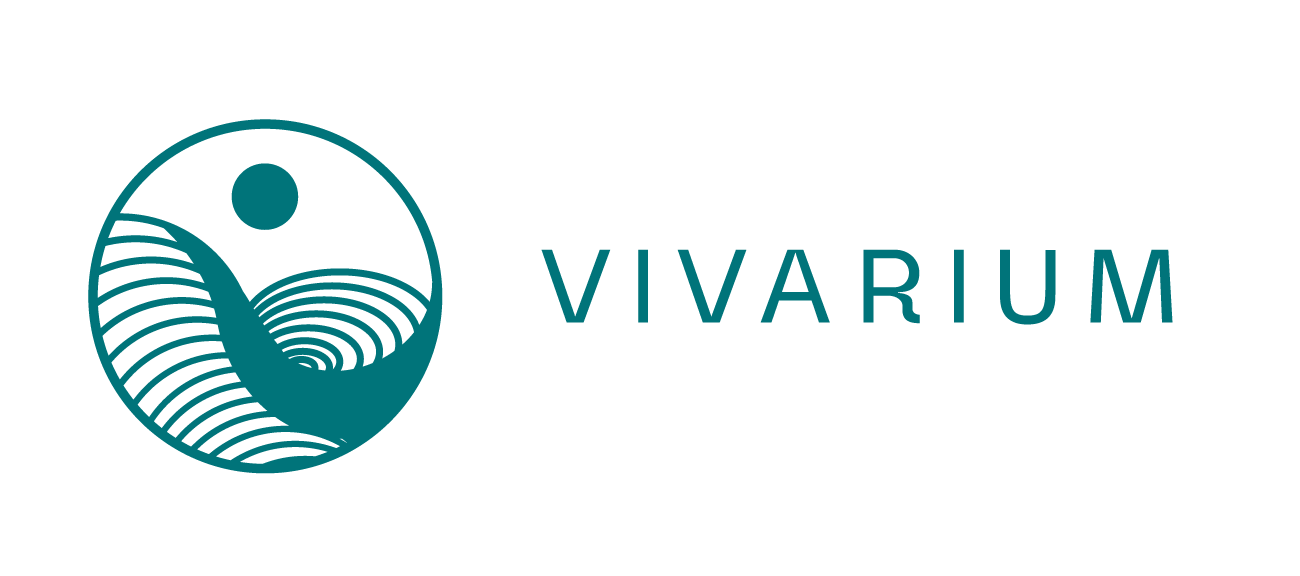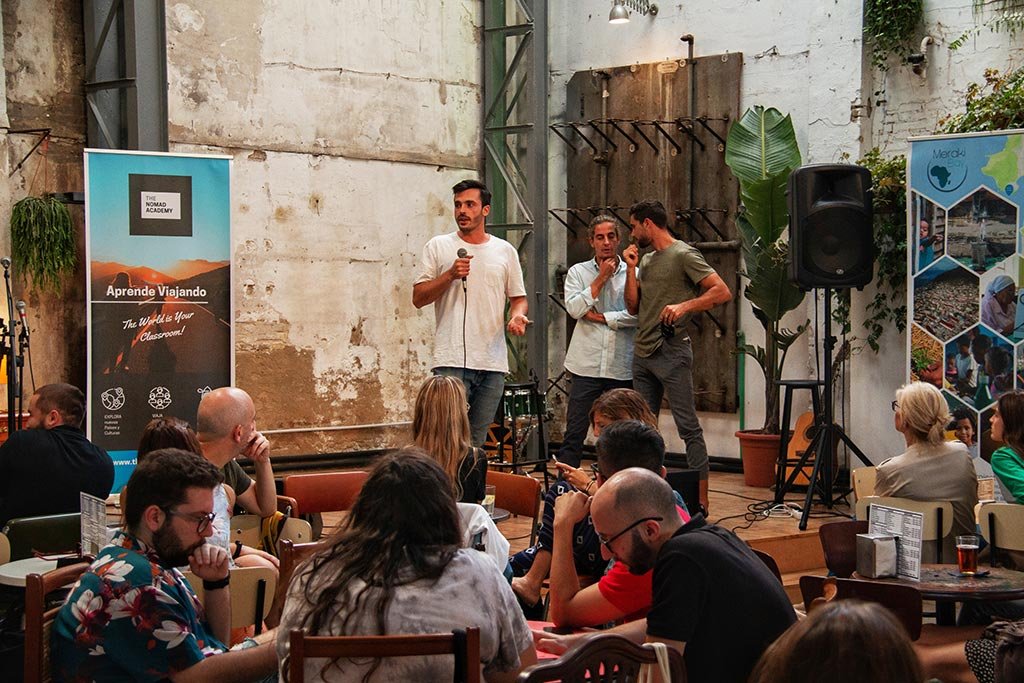The Benefits and Challenges of Living in a Co-created Community
We need the other one to live a meaningful life and fulfilling life. And today, with the weakening of traditional communities and an increased sense of loneliness and perplexity, we are in search of new ways of connecting with each other. We are looking for a tribe to belong to.
As happened with coworking a few years ago, we are seeing a boom in coliving projects. Some of them are working to provide an honest solution to this need, while others are just surfing the trend and articulating their proposal around flexible accommodation in beautiful spaces.
Regardless, the community is a crucial element of what a coliving has to offer, and if you got to this blog, probably one of the main reasons you would choose this over other living solutions.
Two Approaches to Community Building
That's why, when selecting a coliving to join, it is helpful to understand the different ways in which a community can be nurtured and its implications. So you can discover if it's the right one for you.
In this article, we will talk about the top-down vs. the co-created approach and take a closer look into the second, which is the one we are currently taking.
Top-down approach
The first approach to community design is top-down and centralized. A group of leaders or "experts" sit down and think about everything they consider necessary (events, rules, code of conduct, etc.). Members are invited to join and follow the model. Decisions are made by a small group of people. Changes take time, and adaptability is relatively low.
This is the approach most corporate colivings or growth-oriented startups in the industry take. As there's a need to replicate the model, processes are defined, a community manager is hired to run them, and members have little input apart from the occasional feedback form or coffee chat.
Don't get me wrong, I'm certainly biased, but this approach is not bad per se. Some nice and tight communities have been designed top-down.
It requires less involvement and dedication from its members, and after some trial and error, it's possible to arrive at a good community model. However, the sense of ownership and connection is more challenging, and the community will not be very flexible.
It becomes a service to consume. It can be a really good or terrible fit for you, but you won't have to invest much time or effort in shaping it.
Co-creation approach
The second approach embraces any human group's organic, fluid, and complex nature. It's more intentional and decentralized and aims to achieve a high degree of ownership, cohesion, and adaptability by embedding collaboration in the DNA of the community.
In a co-created community, residents actively participate in creating the community in which they live.
Unlike the previous one, it doesn't scale very well and requires some facilitation skills. So this is the approach of small niche colivings and intentional communities, run mainly by their founders.
The involvement in a co-created community can include everything from making decisions about how the shared spaces are used and maintained, to organizing events and activities, to tackling issues of common interest.
By putting their skin in the game, residents develop a sense of ownership and pride in their living space and the community, as well as a feeling of belonging.
However, the involvement needed from its members is higher, the process of making decisions together is more challenging, and to get something from the community, you need to put something into it. Rather than a service to consume, it becomes like a craft to be built with others.
What it means to live in a co-created community
Indeed, in a co-created community, members are not passive recipients of services but instead active participants in creating their community. They work together to identify and solve problems, create opportunities, and build connections.
This obviously has different implications:
In a co-created community, it's fundamental that members take responsibility for their own well-being and, at the same time, for the well-being of the community.
On the other hand, this approach makes everything more fluid, and the community is constantly evolving and experimenting. New initiatives and solutions won't come from the outside. Consequently, a greater ability to adapt to changing circumstances is needed, as well as the capacity to proactively propose ideas.
And at the end of the day, the community relies on its members' unique talents. Hence, the commitment to bringing them to the community and contributing is the key to its success. Each member should be ready to put his/her skills into practice and willing to learn new ones.
This is not for everyone, but if connection and community are the main reasons you choose coliving, the effort will pay off.
When individuals are actively involved in shaping their community, they are more likely to get to know each other on a deeper level and build solid and lasting relationships. They also have the opportunity to learn from each other and grow as individuals. And at the same time, this leads to a greater sense of belonging and mutual support.
The role of the host/facilitator
One of the critical aspects for the success of a co-created community –actually for any community– is to create an environment where everyone feels safe and supported to express themselves and share their ideas. An environment built on trust, mutual respect, and a shared purpose and values.
And this is where the role of the host comes in.
Yes, the active participation of members is vital in a co-created community, and everything is more fluid and adaptable. However, this doesn't mean that everything is left to chance or that co-creation happens through the art of magic. Some serious facilitation skills are needed to guide the community in achieving meaningful outcomes.
In a way, the coliving host becomes someone who can read through the lines and see what wants to emerge from the community members' different intentions, purposes, and aspirations.
In a co-created coliving community, the host is one more member of the community and, at the same time:
Creates a safe space for the residents to come together, connect in meaningful ways, and create value.
Guides the process of defining rules, experimenting, and making decisions.
Role models the purpose and values of the community and is an example of presence, authenticity, and honesty.
Makes sure that the knowledge and experience of individual members are shared and that the group can build on it.
Proposes experiences that can add value to the group and brings new inputs to nurture the community.
How does co-creation happen in Vivarium?
In Vivarium, we have been evolving our way of nurturing the community and testing different approaches with diverse degrees of co-creation and involvement from colivers.
After some trial and error, we believe we are arriving at a good balance that takes advantage of the benefits of a co-created community without requiring excessive time and dedication.
The community in Vivarium is roughly based on 4 elements:
Our purpose ("To create the community and resources we need to face what's next, together"), mission, and manifesto act as the guiding star for the community. Making sure new members are aligned and share the intention to create with others.
Our values represent a minimal ethic that describes the basic principles needed for the community to run smoothly. They are defined in a very pragmatic and actionable way.
Our governance model encompasses everything we do to organize ourselves, make plans and decisions, and resolve conflicts or challenges. It also includes the rules and norms that help us establish a common ground and set some basic limits in the community.
Our rituals, costumes, and moments to share are how the principles of the community are enacted and made real, all the spaces and initiatives we have in the community to help us achieve the outcomes we seek.
While the former two are pretty stable, the latter two are mostly co-created and matured with the help of members. This happens in a very organic way and with different rhythms depending on the community's needs at each point.
At the monthly community meetings, we dedicate some time to reflect on how everything is going in the community and continue improving the experience of the house. We make new proposals, brainstorm new initiatives and projects, make decisions, implement changes, and plan what's ahead.
But also, co-creation happens in informal conversations during our long dinners, 1-on-1 conversations, community-hosted workshops, and through our slack group, where colivers share ideas and resources, and we organize ourselves to get things done.
Without spending the day thinking about it, the community shapes itself with its members' diverse input and contribution, responding in a very flexible and agile way to their emergent needs, solving problems and making decisions more effectively, and creating a profound sense of pride, ownership, and belonging.
As a consequence, it doesn't matter where you come from, what you do, or what you are looking for in the community. As long as you are aligned with the purpose and values and willing to put in a little bit of effort and commitment, you will have the space and the support to create the life and the house you want with others, and you will shortly start experiencing the benefits of a shared way of living and working.



